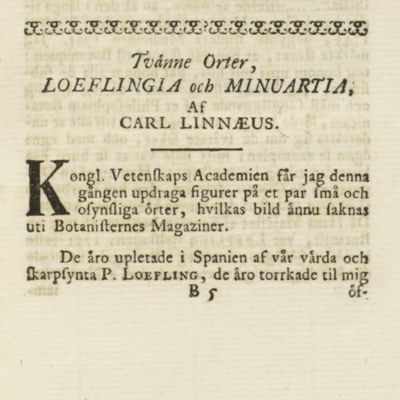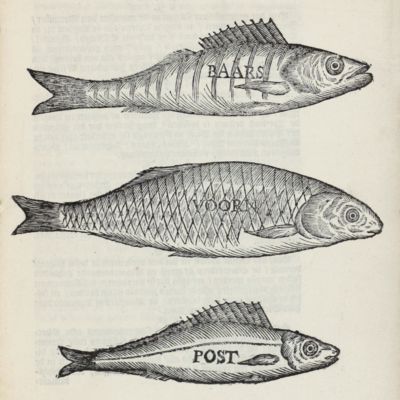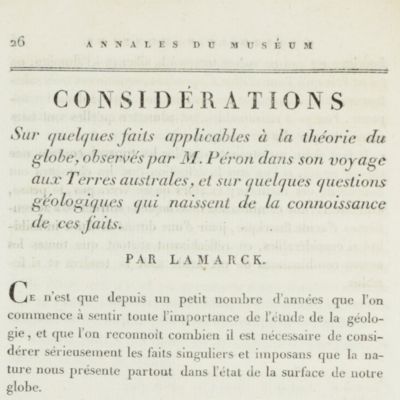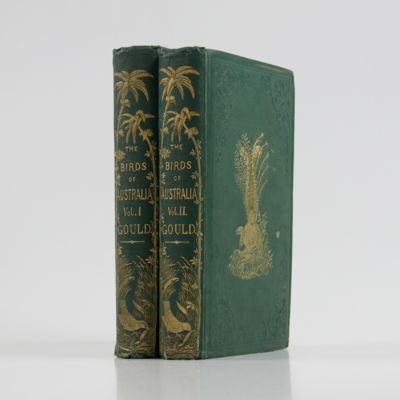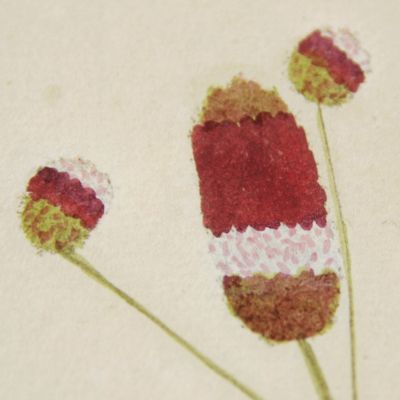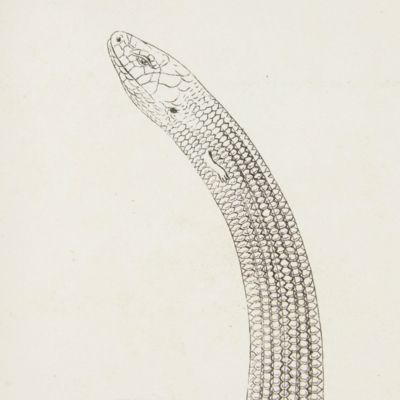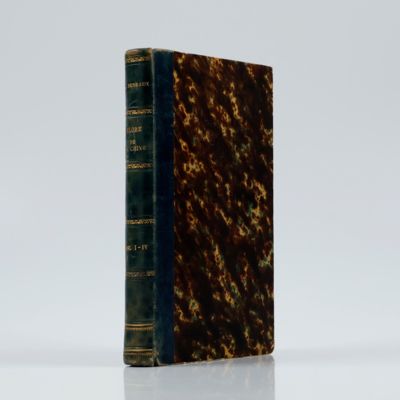Peringskiöld, J.
Historia Hialmari regis Biarmlandiae atque Thulemarkiae, ex fragmento runici MS.ti literis recentioribus descripta, cum gemina versione Johannis PeringskioldI.
[Stockholm, Johan Peringskiöld Sr., 1701] Folio (30.5 x 20.0 cm). [43] p., including woodcut facsimile on pp. [3-18], printed in red on pp. [3-4]. Full polished leather with marbled leather rectangular inlay. Spine with gilt ornamental bands and red morocco label with gilt title. Boards with elaborate gilt-rolled or stippled borders, gilt corner-pieces, and central vignette. gilt-rolled edges and inner dentelles. Marbled endpapers. Speckled edges, top edge gilt. 11 additional blanks bound in the rear. In later marbled slipcase (31.7 x 20.7 x 1.6 cm).
Published on behalf of Sweden's Riksantikvarie (“State Antiquarian”) Johan Peringskiöld the Elder (1654-1720), who added translations in Swedish and Latin. The fine binding is by the successful Swedish master bookbinder Gustaf Hedberg (1859-1920), who became bookbinder to the Swedish royal court in 1901, and whose workplace once had more than 100 employees. He was active between 1878 and, approximately, 1908. The saga of Hjalmar (Hialmari) and Hramer ( Hjalmar och Hramers saga) tells the story of King Hjalmar and his close friend Ramer as they engage in various conflicts set in ancient Scandinavia. Allegedly, the manuscript had been found at and bought from a farmer in the district of Rasbo in Uppland. Being the only known runic manuscript at the time, it attracted considerable attention. It was heralded as a national treasure from its "discovery" in 1690 until 1744, when it was shown to be a forgery in a brilliant Uppsala dissertation ( Monumenta suiogothica) supervised and written by C. G. Nordin (1749-1812). The language presented in the runes is similar to Old Norse but with a haphazard grammar and a vocabulary which at times is closer to early modern Swedish. While Halpap clearly played a role in the appearance of the forgery, there has been disagreement as to who was the intellectual author, although most agree that it stems from the circle of scholars close to Olof Rudbeck (1630-1702) at Uppsala University. Meanwhile, the young law student Carl Lundius has been identified as the main suspect in this manuscript fake. The present edition was based on a manuscript, with a runic text. Peringskiöld's edition served as the basis for the text which appeared in 1703 in George Hickes' Linguarum vetterum septentrionalium thesaurus grammatico-criticus et archaeologicus. Today, the manuscript is kept in the curiosities collection of the Royal Library at Stockholm (shelfmark V. r. 1a). Provenance: From the collection of Gustaf Bernström (1877-1966), with his gilt owner's stamp to front cover. Bernström was a Göteborg pharmacist, financier, and bibliophile, and one of the most important Swedish book collectors of the 20th century. Leather on spine slightly faded. Slipcase slightly rubbed on extremities. Else in fine condition. Bibliotheca Fictiva 347. Warmholtz, Bibliotheca Historica Sueo-Gothica 2563. Fiske, Icelandic Collection, p. 245.
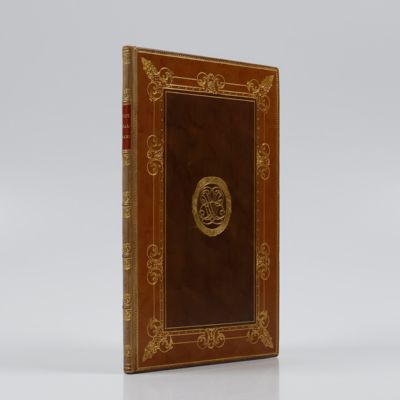

![image for Iconographie ichtyologique de l'Indochine: Poissons des campagnes du "de Lanessan" (1925-1929). 1re partie. [All published].](https://schierenberg.nl/media/cache/product_thumb/16588/16588_x.jpg)
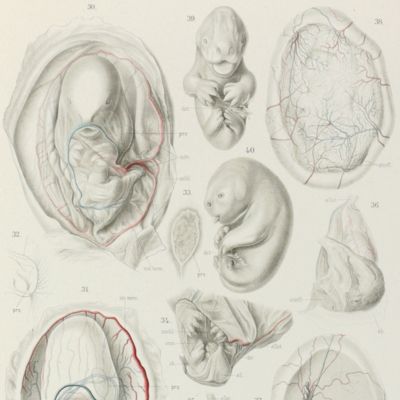
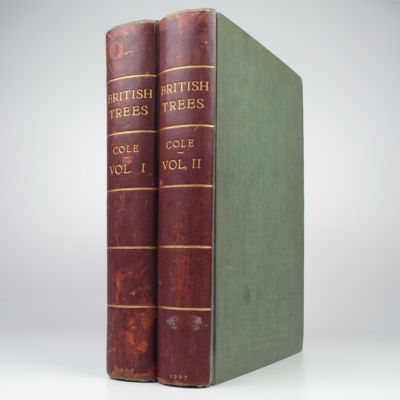
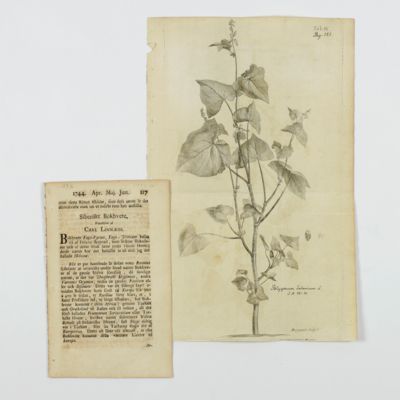
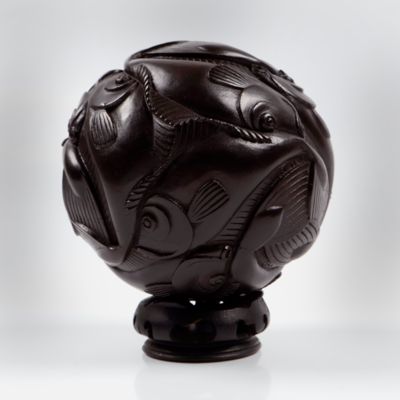
![image for [Portrait after an etching by W. B. Hole]](https://schierenberg.nl/media/cache/product_thumb/69829/69829_x.jpg)
![image for Faune de la Russie et des pays limitrophes fondée principalement sur les collections du Musée Zoologique de l'Académie Impériale des Sciences de Petrograd. Reptiles (Reptilia). Volumes I-II. [Complete].](https://schierenberg.nl/media/cache/product_thumb/62884/62884_x.jpg)

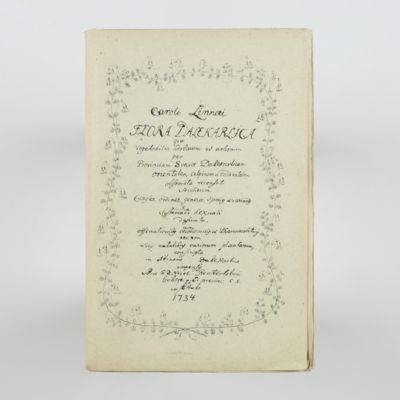

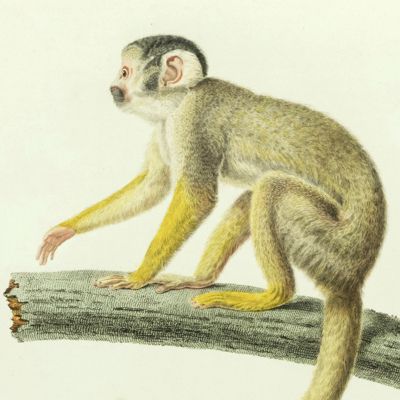
![image for Aankomst van Jean d'Ezquebel ter bevolking van Jamaica, door den Ammiraal Diego Kolumbus, van Hispaniola derwaards gezonden, in 't jaar 1510. Verhaalende 't misnoegen der Kroon Portugaal; benevens veel zeldzaame avondturen, rampspoeden en gevaaren aan Alonzo d'Ojega, Diego de Nicueza, Vasco Nunez, Lopez d'Alano en andere overgekomen; beneffens de togten naar land van Darien en bevolking van Cuba door Diego Velasques gedaan in 't jaar 1511. Uit d'oorspronkelyke berigten en koninglyk bevel in 't Spaans beschreeven door Antonius Herrera, nu aller-eerst in 't Neederduyts vertaald en met printverbeeldingen en noodig register voorzien. [AND] Scheeps-togt van Robert Harcourt na Gujana, gedaan in het jaar 1608. Aanwijsende de gelegentheeden en hoedanigheeden deses landschaps, des selfs eylanden, rivieren, grens-palen, verscheydenheyd der volkeren en talen, jaar-getijden, tijd-rekeningen, dood-malen, spijse en drank: als mede veelerley soort van dieren, vogelen, vissen, fruyten, suyker-riet, katoen, verw-stoffen, kostelijke gommen, balsem, droogeryen, tabak &c. Door den reysiger selfs in het Engels beschreeven, en nu alder-eerst uyt die spraak vertaalt. Met een volkomen register verrijkt [AND] Zee-togt van Kapiteyn Charles Leig, gedaan na Gujana, en des selfs volk-plantinge aldaar begonnen, mitsgaders de ongelukkige reyse van het schip de Olijf-bloesem, tot des selfs onderstand derwaards gesonden. In het jaar 1604. Door een der reysigers, die desen togt heeft by-gewoont, en de handen der wilde gelukkig is ontkoomen, in het Engels beschreeven, en nu alder-eerst uyt die spraak vertaalt. Met een volkoomen register en konst-print verrijkt.](https://schierenberg.nl/media/cache/product_thumb/49222/49222_x.jpg)
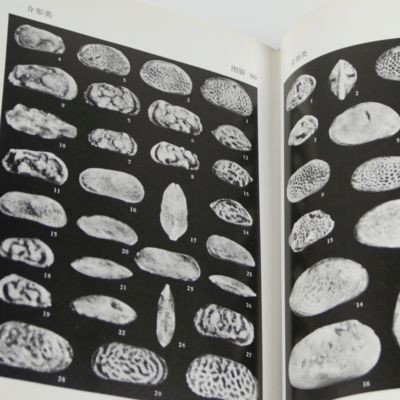
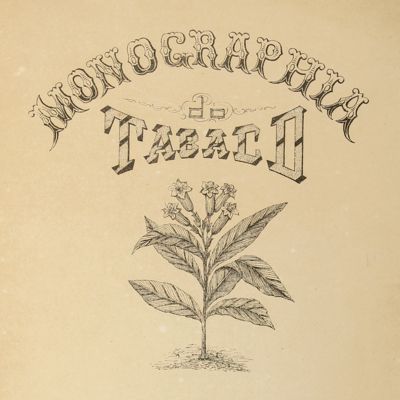
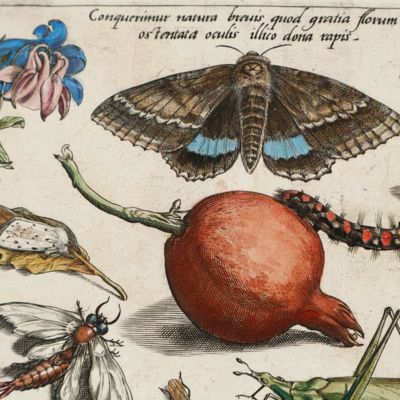
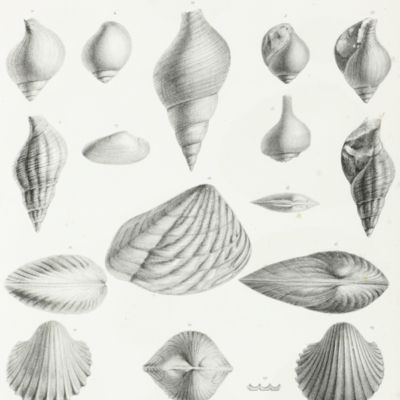
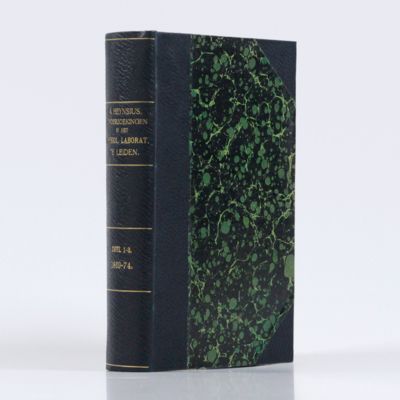
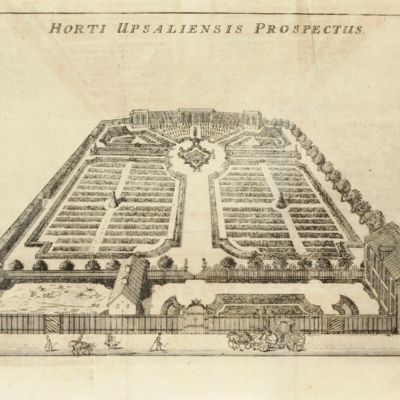
![image for Drie werelden - Three Worlds [Fine facsimile print].](https://schierenberg.nl/media/cache/product_thumb/71458/71458_x.jpg)
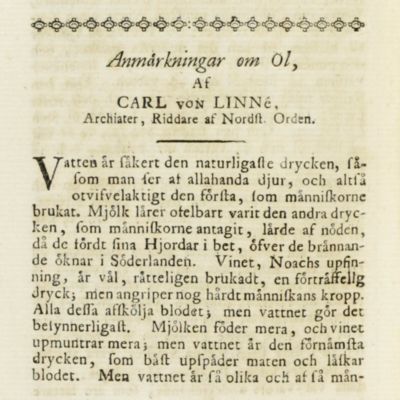
![image for The grasses of Scotland. [AND] The grasses of Great Britain. [Complete].](https://schierenberg.nl/media/cache/product_thumb/74550/74550.jpg)
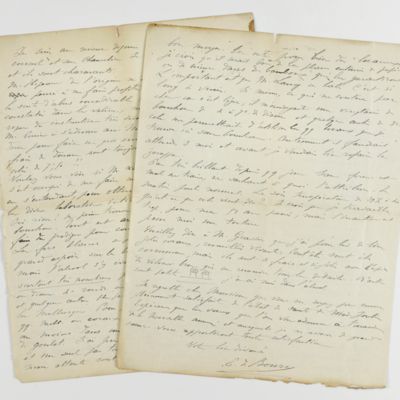
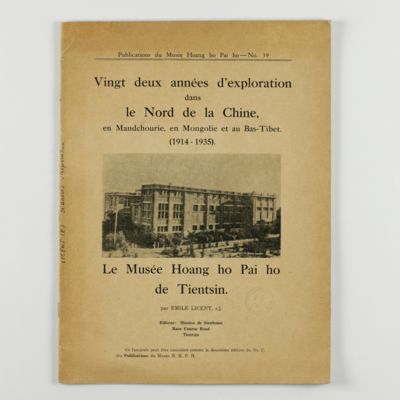
![image for Schedae ad Herbarium Florae Rossicae, a sectione botanica Societatis Imp. Petropolitanae naturae curiosorum editum. I-VII. [= nos. 1-2400; Complete].](/images/notfound.png)
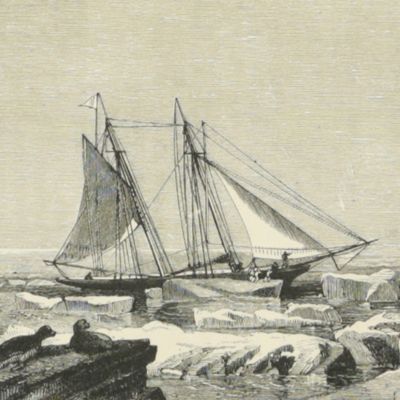
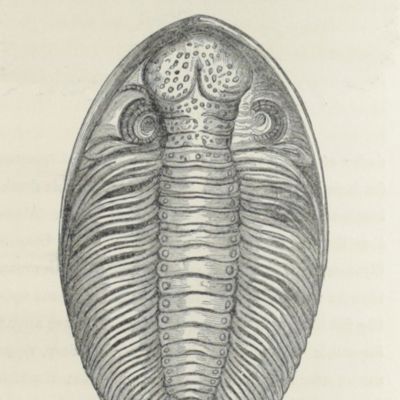
![image for [Original manuscript on the variability of the dice snake, <em>Natrix tessellata</em>].](https://schierenberg.nl/media/cache/product_thumb/72184/72184_x.jpg)
![image for The butterflies of Malacca. [AND] On <em>Hypsiprymnodon</em>, Ramsay, a genus indicative of a distinct family (Pleopodidae) in the diprodont section of the marsupialia.](https://schierenberg.nl/media/cache/product_thumb/73535/73535_x.jpg)
![image for Pfefferfresser. Tukane. [Tucans].](https://schierenberg.nl/media/cache/product_thumb/75775/75775_x.jpg)
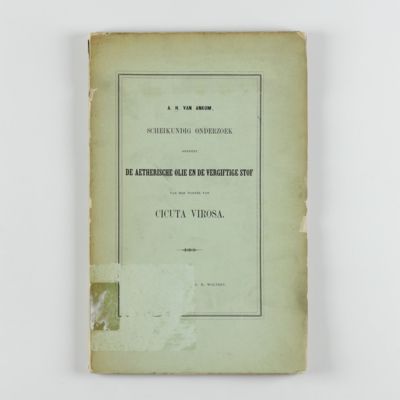

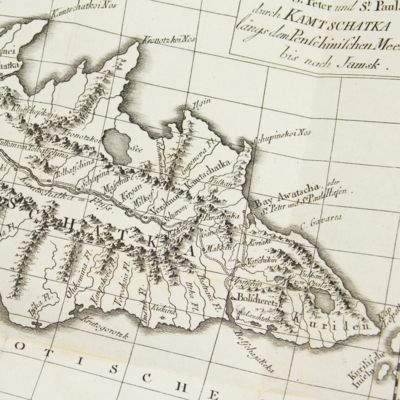
![image for Ergebnisse der Südsee Expedition 1908-1910. II. Ethnographie: B. Mikronesien. Band 7: Ponape. 1. Teilband: Allgemeiner Teil: Geschichte, Geographie, Sprache, Eingeborene. 2. Teilband: Gesellschaft und geistige Kultur, Wirtschaft und stoffliche Kultur. 3. Teilband: Die Ruinen. Ponapegeschichten. [Complete].](https://schierenberg.nl/media/cache/product_thumb/75787/75787_x.jpg)
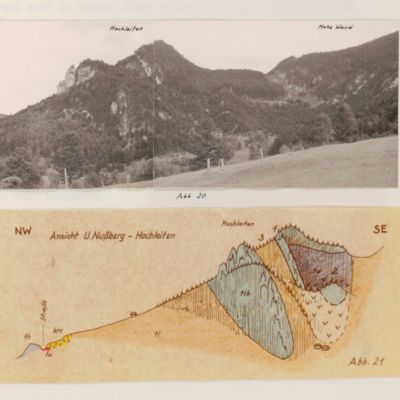
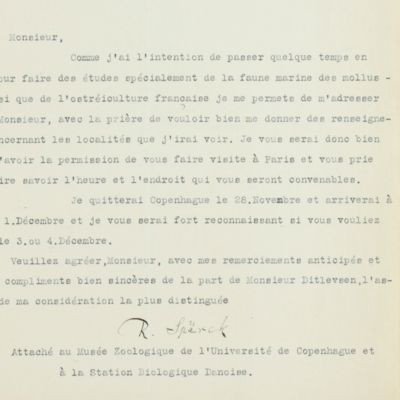
![image for Mémoires pour servir à l'histoire naturelle des Pyrénées, et des pays adjacens. [AND] Suite des mémoires pour servir à l'histoire naturelle des Pyrénées, et des pays adjacens.](https://schierenberg.nl/media/cache/product_thumb/42052/42052.jpg)
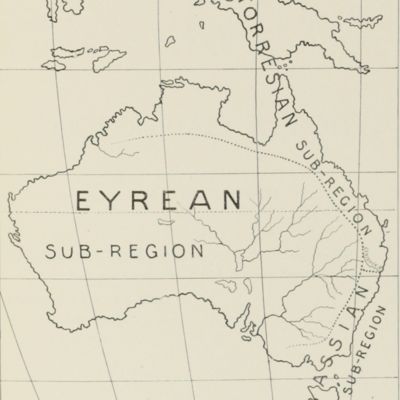
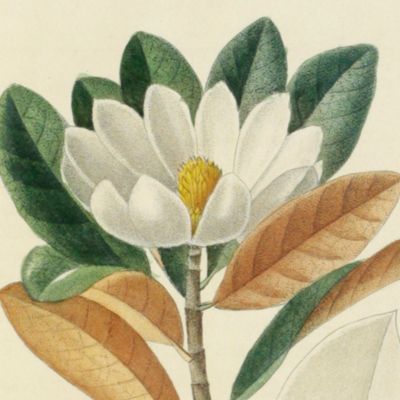
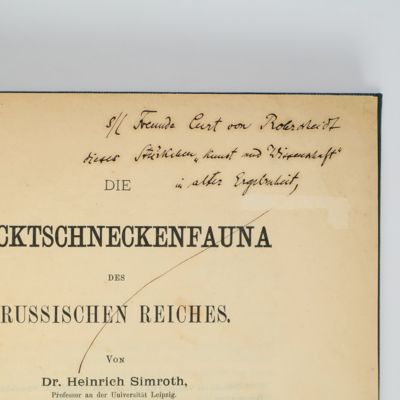
![image for Esquisse géologique et paléontologique des dépôts pliocènes des environs d'Anvers. [Author's copy - interleaved, with handwritten additions and emendations].](https://schierenberg.nl/media/cache/product_thumb/32155/32155_x.jpg)
![image for Icones Plantarum Sinicarum. Fascicle 3, 4 and 5 [of 5].](https://schierenberg.nl/media/cache/product_thumb/48959/48959_x.jpg)
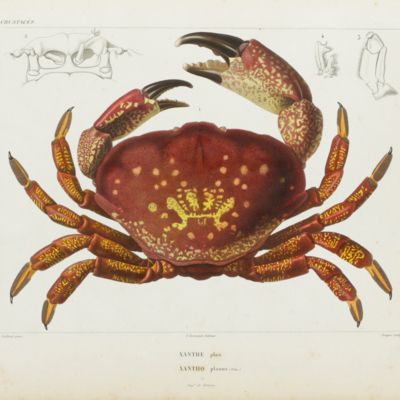
![image for Malayan Ferns. Handbook to the determination of the ferns of the Malayan Islands (incl. those of the Malay Peninsula, the Philippines and New Guinea). [AND] (Correcting sheet).](https://schierenberg.nl/media/cache/product_thumb/76327/76327_x.jpg)
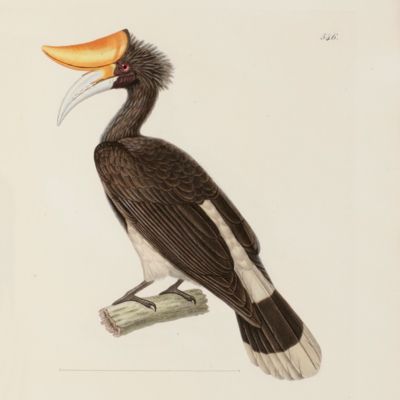
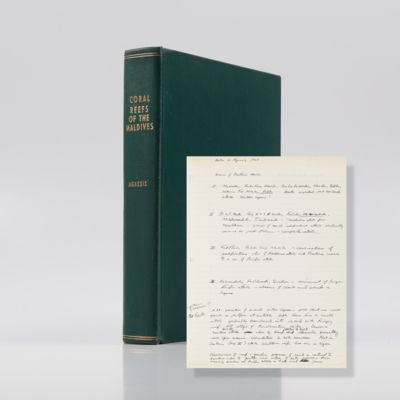
![image for [Print] Vuë du Y devant Amsterdam. [Gezigt by de Oude Jagthaven naar het Blaauwhoofd te zien].](https://schierenberg.nl/media/cache/product_thumb/78109/78109_x.jpg)
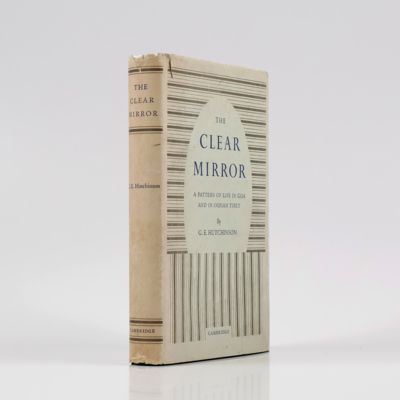
![image for Les récents voyages des Néerlandais à la Nouvelle-Guinée. [AND] Les derniers voyages des Néerlandais à la Nouvelle-Guinée.](https://schierenberg.nl/media/cache/product_thumb/31793/31793_x.jpg)
